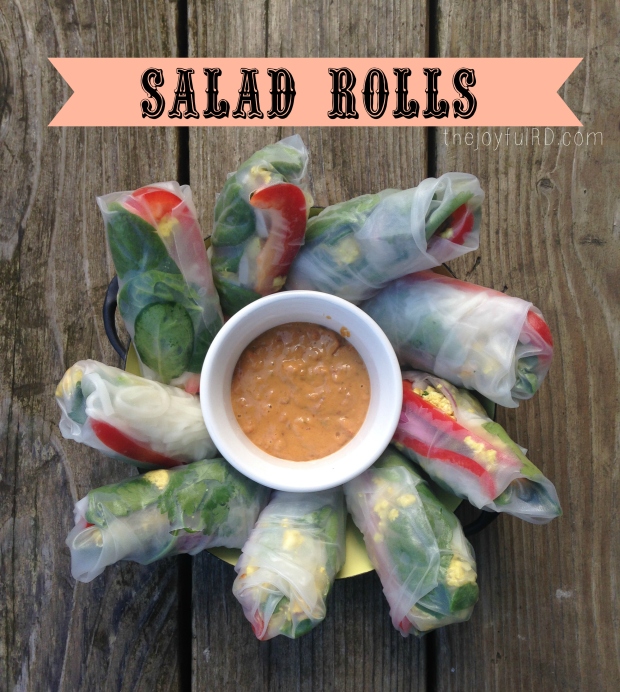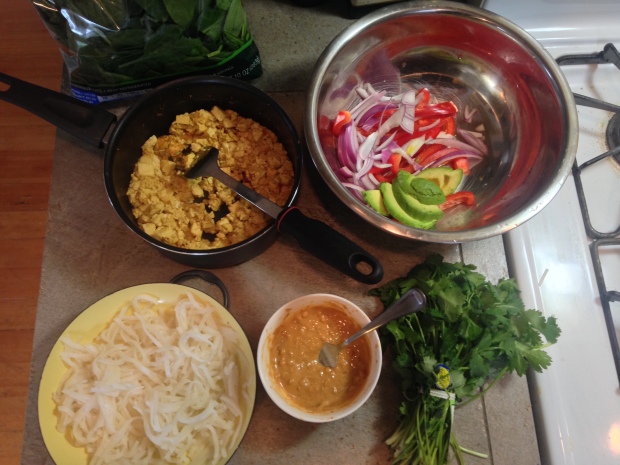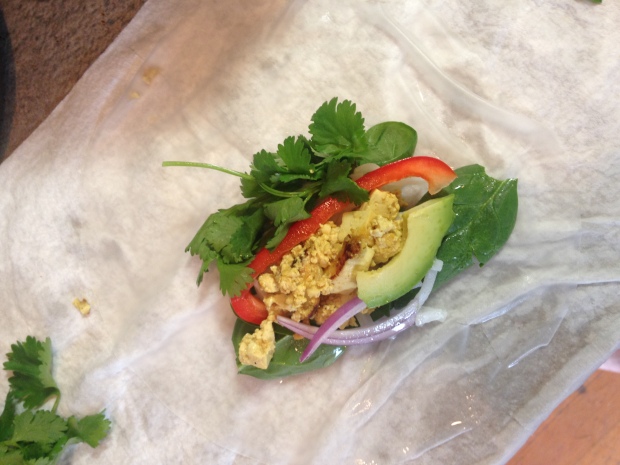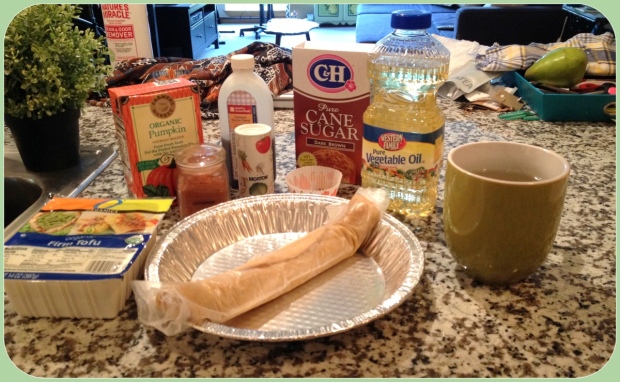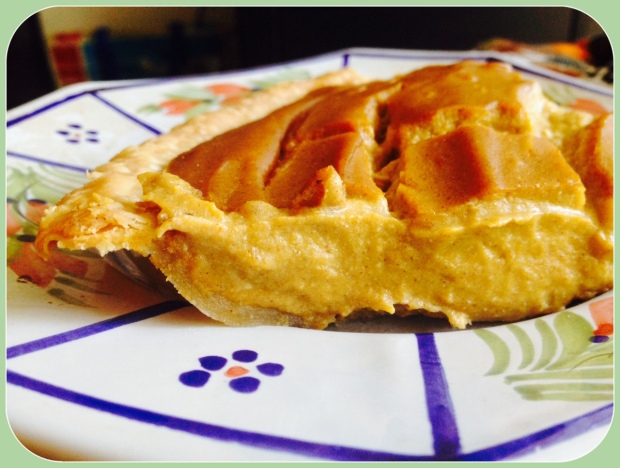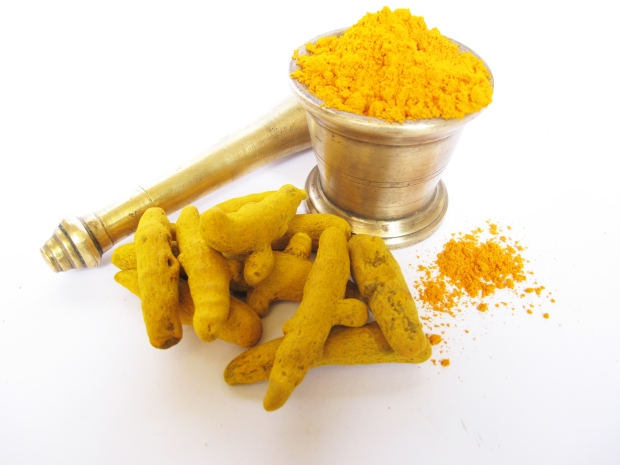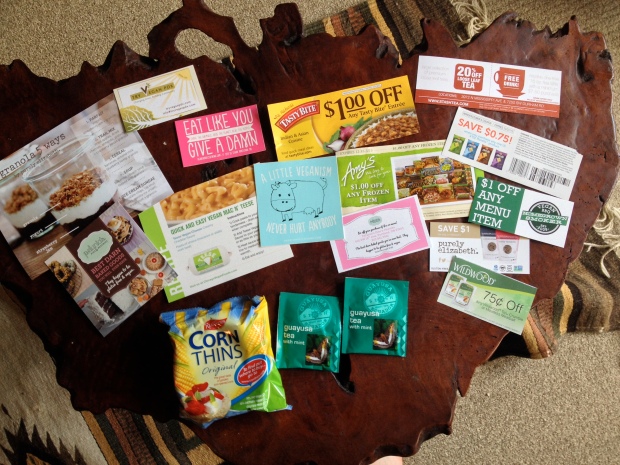I recently went on a camping trip and my dedicated adventure buddy surprised me with some chia seed pudding for our two mornings spent out on the trails. First of all, that was very nice of her. Second, it reminded me to talk about plant-based omega-3 fatty acids!
You can buy pre-made chia seed pudding at the store for about $4 a carton, but it’s much cheaper to bone up and buy a bulk bag of chia seeds (I spent about $9 on 1 lb) because a little goes a long way. I used a 1:4 ratio of chia seed to liquid, which worked out perfectly.
The fun thing about chia seed pudding is that you can put whatever you want in it. I personally like berries, kiwis, bananas, cinnamon, cacao nibs, and maybe some peanut butter if I’m feeling saucy. I was thinking it would be fun to purée up some berries and coconut oil and mix that into the pudding. The world is your oyster with this stuff.
Here’s the cool thing about chia seeds: they’re one of the best plant sources of alpha-linolenic acid (“ALA”), which is an essential omega-3 fatty acid and absolutely necessary in anyone’s diet. The body can’t synthesize ALA on it’s own, which is why it’s called an “essential” fatty acid. It is extremely important for vegans to be eating enough ALA. This acid will be converted to the longer-chain eicosapentaenoic acid (EPA), and possibly to the even longer docosahexaenoic acid (DHA), two non-essential omega-3 fatty acids. They’re non-essential because we can make them from another source — ALA. All cell membranes, especially the ones in our brains, are dependent on DHA/EPA.
Omnivores will get their omega-3s from fatty marine life (particularly salmon) for the most part, but plant-based folks need to make sure we’re hitting our quota of ALA. Unfortunately, it’s not easy for our bodies to convert ALA to EPA/DHA, so you may want to consider a supplement. Research shows vegans and vegetarians can be very low in ALA in the blood. But you can get these fatty acids from where the fish themselves get them — algae! Just look for algae-based EPA/DHA supplements in the stores. As a bonus, lab-grown algae should be free of mercury, and you’ll avoid that nasty fish breath.
Other sources of plant-based omega-3 fatty acids include walnuts, flaxseed, algal oil, and hemp oil.
Why do we care about omega-3 fatty acids? Research suggests that the anti-inflammatory omega-3s may help to protect against cardiovascular disease, dementia, and lower cholesterol, blood pressure, and triglycerides. Chia seeds in particular are high in fiber, magnesium, calcium, iron, and have about 5 g of protein in 1 oz.
The other polyunsaturated fatty acids, omega-6 fatty acids, are also essential for the human body, but Americans don’t have a problem ingesting enough omega 6s. They’re concentrated in cottonseed, soybean, and safflower oils — and these oils are typically abundant in processed foods. They’ll oxidize pretty easily in your body, which is why omega 6 fatty acids are dubbed the “inflammatory” ones. Grain-fed meat will be high in omega-6 fatty acids.
How to Make Chia Seed Pudding:
Use a 1:4 ratio of seeds to liquid.
1. Mix 1 cup chia seed with 4 cups almond/soy/hemp/rice milk.
2. Add 1 tsp vanilla, and 1 tbsp sugar or syrup if desired. Alternatively, you could use a sweetened milk.
3. Stir periodically, making sure no clumps are forming.
4. Stick it in the fridge for 1-8 hours — mine was ready to go after about an hour but had an even better consistency the next morning. Keep it in an air-proof container in the fridge.
5. Portion out as you choose and add whatever topping you like!

